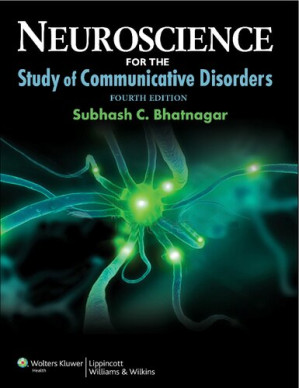Sale!
Neuroscience for the Study of Communicative Disorders (4th Edition)
Original price was: $39.99.$24.99Current price is: $24.99. $19.99
Download Neuroscience for the Study of Communicative Disorders (4th Edition) written by Subhash C. Bhatnagar in PDF format. This book is under the category Education and bearing the isbn13 numbers 1609138716/9781609138714. You may reffer the table below for additional details of the book. We do NOT provide access codes, we provide eBooks ONLY. Instant access will be granted as soon as you complete the payment.
Additional information
| book-author | Subhash C. Bhatnagar |
|---|---|
| publisher | Lippincott Williams & Wilkins |
| file-type | |
| pages | 593 |
| language | English |
| isbn10 | 1609138716 |
| isbn13 | 9781609138714 |
Related products
- Sale!

Sensation and Perception (10 Edition)
Original price was: $39.99.$24.99Current price is: $24.99.$19.99 - Sale!

Research Methods; Design; and Analysis (12th Global Edition)
Original price was: $39.99.$24.99Current price is: $24.99.$19.99 - Sale!

Practical Research: Planning and Design (11th Edition)
Original price was: $39.99.$24.99Current price is: $24.99.$19.99 - Sale!

28 SAT Math Lessons to Improve Your Score in One Month – Advanced Course (3rd Edition)
Original price was: $39.99.$24.99Current price is: $24.99.$19.99
